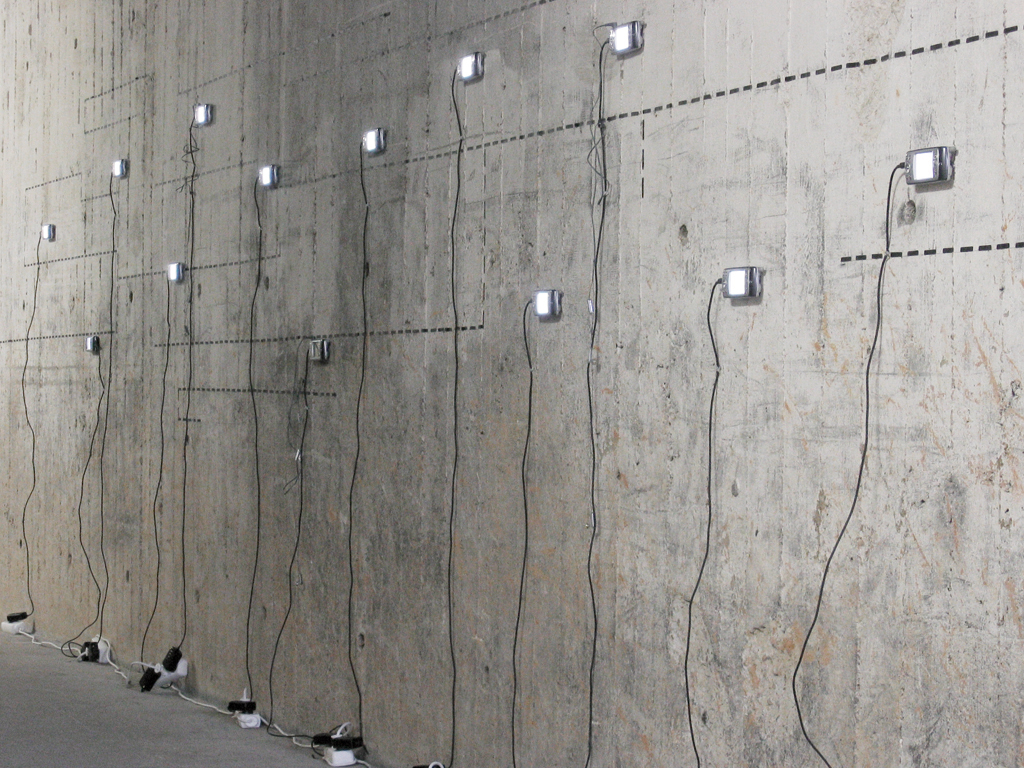Dashed I
– spatial memory12 mobile phones (interviews), wall graphic, 8 x 2 m,
Deutsch
, 2004Interviewees: Dijana Arapovic, Margit Brünner, Axel Fussi, Lisa Holzer, Dariusz Kowalski, Rainer Mandl, Timo Novotny, Jeanette Pacher, Paul Petritsch, Norbert Pfaffenbichler, Marc Ries, Nikola Winkler

© Exhibition view, project space, medien.kunst.tirol, Kunstraum Innsbruck, Innsbruck, 2004
Locations
:------------------------------------------------------------------------------------------------
01 - Paul Petritsch, Wien:
hollow at Wollzeile
02 - Axel Fussi, Wien:
Schwedenplatz
03 - Rainer Mandl, Wien:
Akademisches Gymnasium
04 - Nikola Winkler, Wien:
Hotel Modul
05 - Norbert Pfaffenbichler, Wien:
sewer system, Pilgramgasse
06 - Lisa Holzer, Wien:
20er Haus, Schweizer Garten
07 - Marc Ries, Wien:
Heldenplatz
08 - Timo Novotny, Wien:
factory
09 - Jeanette Pacher, Wien:
small café (Café Mentone)
10 - Dariusz Kowalski, Wien:
glass café at Vienna Westbahnhof
11 - Margit Brünner, Wien:
Südbahnhof
12 - Dijana Arapovic, Wien:
American Bar
=werk=16=f27


© Exhibition view, CAT OPEN – BASE, Flak tower Arenbergpark, Vienna, 2004
